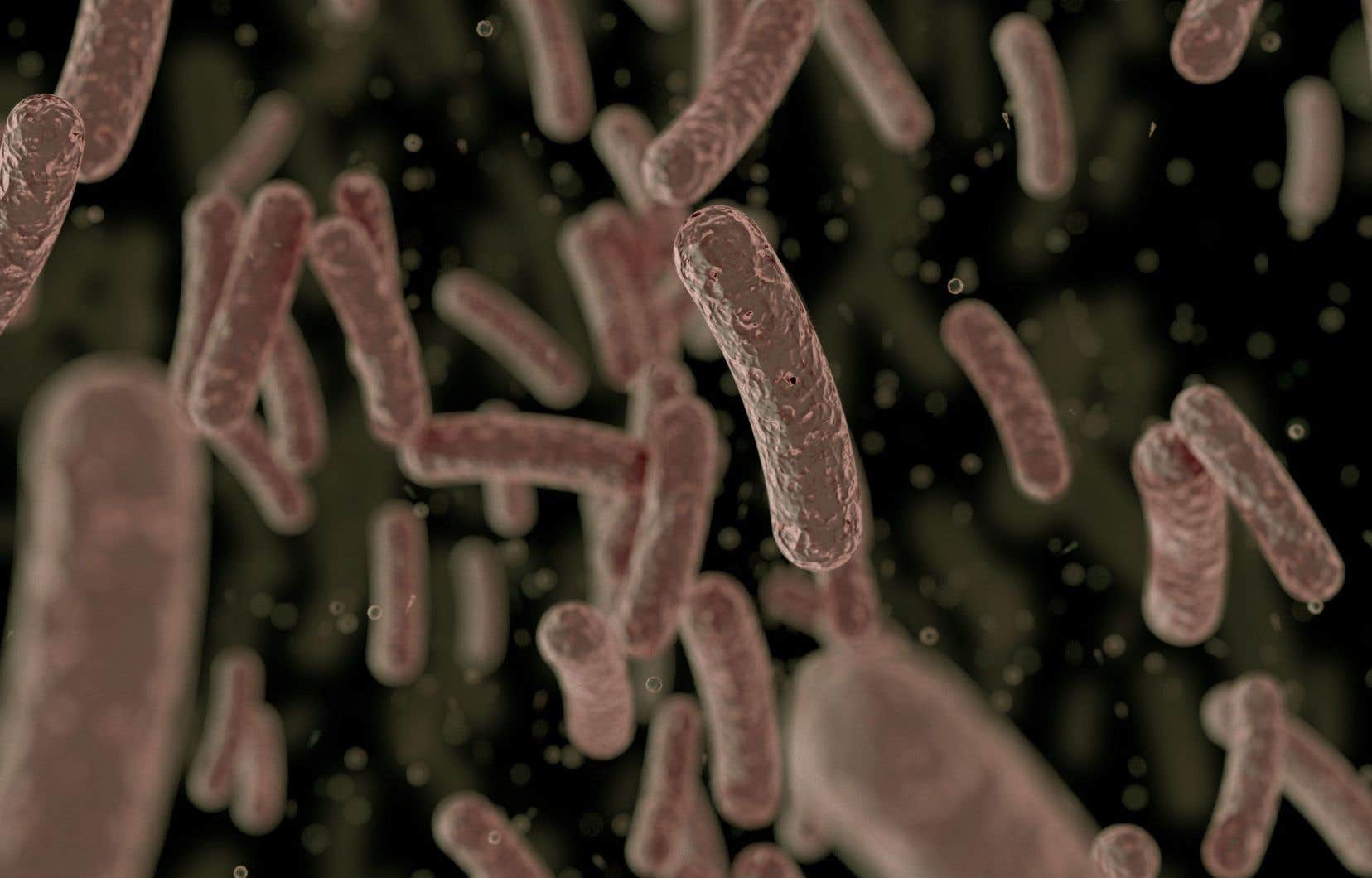Bioresistance has become one of the most devastating medical problems worldwide. It was estimated to cause 1.2 million deaths in 2019. In hopes of solving the problem, scientists at Concordia University are studying what determines a bacteria’s ability to become resistant to the drugs it uses. we use to eliminate it. In particular, they noticed that after having developed resistance to one antibiotic, the bacteria found themselves very weakened, and often no longer had the vigor necessary to acquire new resistance to a second antibiotic. This observation led them to suggest a new way of administering these drugs in the clinic: either in sequence rather than in a cocktail.
Initially, Brandon Findlay, professor in the departments of biology and chemistry and biochemistry at Concordia University, wanted to know if the development of resistance by a bacteria affected its vigor (fitness in English), which is estimated from its growth rate and the speed at which it swims in a culture medium. The researcher asked himself this question considering that resistance to an antibiotic (AB) probably resulted from an increase in the number of efflux pumps, these membrane proteins which expel compounds, such as AB, which had entered it.
By actively pumping BA out of the bacteria, these proteins prevent it from reaching the concentration required to inhibit the growth of the bacteria. “But this pumping requires a large amount of energy, because the pumps are not efficient. It comes with a “very severe penalty” for the bacteria, which results in a reduction in its vigor,” says Mr. Findlay.
To verify this hypothesis, doctoral student Farhan Chowdhury used a platform called SAGE (for Soft Agar Gradient Evolution) developed by Mr. Findlay, composed of a series of agar plates (culture medium) each containing a different concentration of a AB. This system makes it possible to see if the bacteria introduced there are already resistant to AB, or, if they are not, the speed at which they will develop resistance.
“We see the bacteria swimming and, in their migration towards the highest concentrations of BA, there is a point where they can no longer move and grow, because the concentration of BA is such that they can no longer tolerate it. To be able to continue swimming effectively up the gradient, they must already be resistant to AB or they must develop resistance quickly. In any population, the bacteria are very similar, except for a few (one in a million), which have mutations giving them resistance that allows them to continue to swim and grow and outcompete the other bacteria,” explains the researcher.
Mr. Chowdhury inoculated the SAGE system with bacteria of the strain Escherichia coli who had already developed resistance to chloramphenicol (CHL). These bacteria crossed the platform much more slowly than sensitive or non-resistant bacteria – even if there was no AB in the medium, “because they were weakened”. Their resistance to the CHL had therefore clearly affected their vigor. And when these bacteria were placed in a system containing another AB, nitrofurantoin in this case, the probability that they would develop resistance to this second AB was much less. To achieve this, they would have needed to be in better shape, because the lower their vigor, the more difficult it is for them to become resistant to the new AB.
We see the bacteria swimming and, in their migration towards the highest concentrations of AB, there is a point where they can no longer move and grow, because the concentration of the BA is such that they can no longer tolerate
MM. Chowdhury and Findlay thus realized that developing resistance to one AB reduced the vigor of bacteria, which then became incapable of developing resistance to another AB. It became clear that the vigor of a bacteria determined its ability to develop resistance to a new AB. And since “the efflux pumps require so much energy, we understand why the bacteria that overexpressed these pumps [dans le but de mieux résister à un AB] move and grow more slowly, and have more difficulty adapting to a new AB,” emphasizes Mr. Findlay.
“It is always difficult to know what would happen in the clinic, because the context of the clinic and the human body is much more complex than our culture environment. But our hope is that if bacteria develop resistance, and it comes with a large “vigor penalty,” they should have difficulty developing resistance to a second AB for some time. However, everything depends on the extent of the impact and its duration on the vigor [qu’induira le premier AB] “, notes Mr. Findlay.
However, this study which was published in the journal ACS Infectious Diseases indicates that instead of administering several ABs at the same time, it would be more appropriate to give them in sequence. Thus, the development of resistance to the first AB would impose a penalty on the bacteria which would prevent them from becoming resistant to the second, for a certain time at least, and so on. This approach would allow more options, or at least delay the emergence of new resistance.
This content is produced in collaboration with Concordia University.
